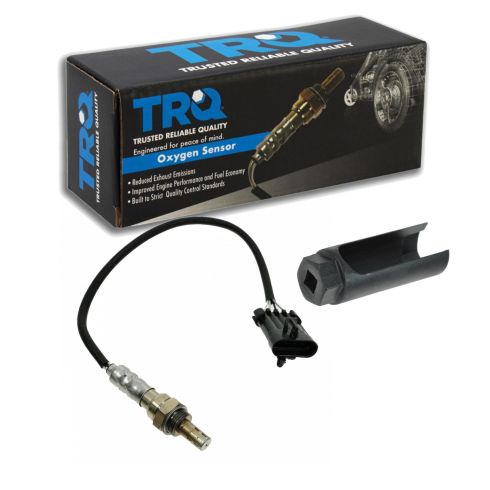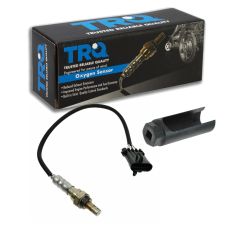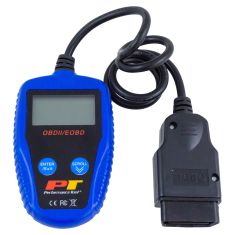1AEEK00514-O2 Oxygen Sensor TRQ OSA61630



Replaces
O2 Oxygen Sensor TRQ OSA61630


Product Reviews
Loading reviews
Customer Q&A
No questions have been asked about this item.














